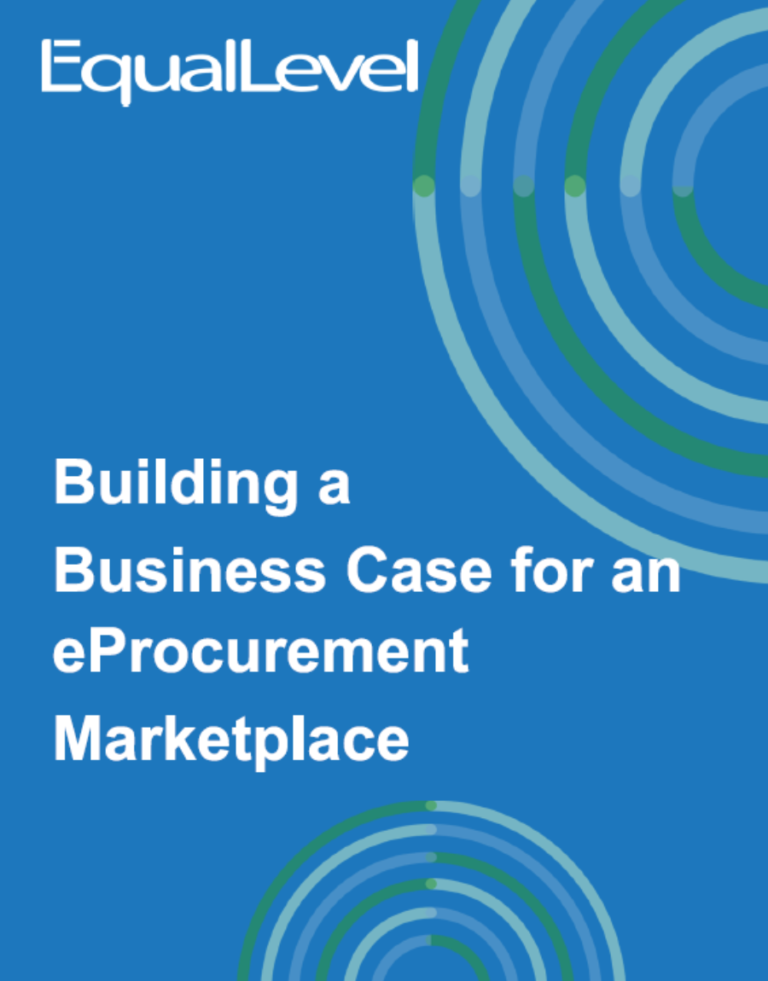
EqualLevel is thrilled to have been featured in the June 2023 cover story of Government Procurement Magazine. Read below for an excerpt from the article:
Government Procurement Magazine Excerpt: June 2023 Edition
There is an increasing interest in small and disadvantaged business participation in public contracting; however, it’s often difficult for small local businesses to compete for government business. In El Paso, Texas, Sandy Grodin created a new office supply business from scratch-El Paso Office Products. Over the past decade, the company boasts $5 million to $6 million in annual sales with 90 percent of their sales volume from local government, K-12 school districts and colleges. With 16 employees, El Paso Office Products has become a successful certified small business. While growing the business, Grodin and his team often compete against large office supply operations and on-line platforms. However, when a large online supplier impressed the local school district with lower prices and on-line catalog, he feared if one local agency went in that direction, then others might follow, causing negative impacts to local businesses.
Grodin learned this online platform had approached his largest customer, El Paso Independent School District (EPISD), about creating a custom marketplace. The district was impressed by the presentation and promises of low prices. However, before signing on the dotted line, EPISD connected with local vendors about the potential change.
Grodin met with EPISD’s superintendent and purchasing team, having done his homework. In side-by-side comparisons, he demonstrated his company’s value, local economic benefits and local partnership as a powerful part of their customer service strategy. He was able to offer competitive pricing through an awarded cooperative contract.
The school district ultimately made the decision to combine all district-approved vendor catalogs, including El Paso Office Products, into one searchable on-line site by partnering with EqualLevel, a flexible e-commerce platform. With no supplier transaction fees or incurred costs for integrating a supplier’s existing e-commerce site, the district found EqualLevel’s platform to have similar advantages as large on-line competitors, but with greater local business focus. Through a special feature, as shoppers placed items in their carts, the EqualLevel Savings Advisor (ELSA) feature suggests best value substitutions, ensuring district purchasers were making the best possible selections.
According to EqualLevel Founder and CEO Orville Bailey, “This platform gives small businesses and distributors with limited IT capabilities the opportunity to establish a punchout catalog that integrates with most financial systems used by local governments and school districts. This increases the ability for small companies to appear in searches alongside their larger competitors to create an equal playing field.”
The full Government Procurement Magazine article can be found here.













